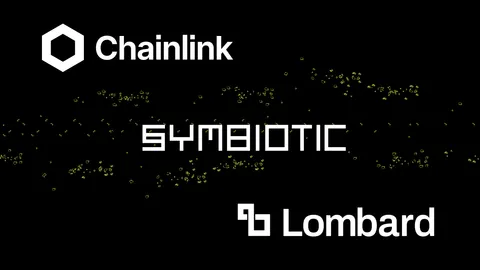Symbiotic is a permissionless shared security platform. While restaking is the most popular narrative surrounding shared security in general at the moment, Symbiotic’s actual design goes much further.
Shared security, in its purest form, is simply the alignment of incentives. It can align incentives between multiple participants (horizontal shared security) or between various layers of the same system (vertical shared security). This primitive is incredibly powerful. When used horizontally, it can extend economic security, allowing networks to decentralize in a capital-efficient manner. When used vertically, it provides additional utility to existing tokens, like using governance tokens to decentralize sequencing. Stepping back further, Symbiotic’s design framework actually makes the previously nebulous idea of “decentralization” directly quantifiable— data around the most effective security models, ideal node distribution, best operators, and more becomes transparent and easily accessible, increasing network efficiency and further lowering the decentralization barrier.
Aligning incentives can be provided in many different ways, but we believe that the best solution for solving the incentive alignment problem is to provide parties the flexibility to decide upon the terms of alignment themselves. This means that Symbiotic supports any asset (or mix of assets), any form of penalty mechanism (or lack thereof), immutability, and no external governance risk. Much like cryptocurrency was initially designed to remove intermediaries between transacting parties, we believe that the new extension of shared security should also carry the same ethos.
The design space opened up by shared security is incredibly large. We expect research and tooling around shared security primitives to expand rapidly and increase in complexity. The trajectory of the design space is very similar to the early days of MEV research, which has continued to develop into an entire field of study. Shared security is the next frontier, opening up new opportunities for researchers and developers to optimize and rapidly innovate. Symbiotic was designed from the ground up to be an immutable and modular primitive, focused on minimal friction, allowing participants to maintain full sovereignty.
With this future in mind, Symbiotic was designed from scratch to be maximally modular and flexible enough to support nearly any use case. At a high level, Symbiotic looks like this:
At its core, Symbiotic simply provides immutable rails to allow parties to enter into alignment agreements with no intermediaries. The introduction of this simple primitive ends up unlocking a large design space with many different actors.
- Collateral is the core. It can be any asset on nearly any chain, or even offchain assets.
- Vaults are the staking layer. They are flexible accounting and rule units that can be both mutable and immutable. They connect collateral to networks.
- Curators manage scoring and risk. They can score networks based on their security model (slashing and rewards), tech stack and infrastructure requirements, tokenomics and other nonfinancial metrics, like community and product-market fit. Curators create predictability and transparency for both networks, stakers, and operators, minimizing information asymmetry. Common curators are liquid restaking token providers (LRTs and LSTs), operators, and other expert agencies.
- Operators are entities that opt-in to running various infrastructure components for networks, such as nodes, ZK proving hardware, sequencers, and other infrastructure.
- Resolvers provide security. They consist of various slashing tools, committees, watchtowers, and penalty mechanisms and ensure the system's security is maintained.
- Networks are service providers in search of decentralization. This can be anything from a user-facing blockchain, machine learning infrastructure, ZK proving networks, messaging or interoperability solutions, or anything that provides a service to any other party.
We expect this initial list of layers to develop in complexity and detail as the design space continues to be explored. In forthcoming posts, we will dive deeper into each category.
Symbiotic’s design is maximally flexible, allowing for any party to pick and choose what fits their use case best. Parties can choose from any forms of collateral, from any vaults, with any mix of operators, with any form of security desired.
Due to these intentional design choices, we’re already seeing some interesting use cases being built. For example, Symbiotic improves governance by separating voting power from financial utility, and easily enables entirely sovereign infrastructure, secured by a protocol’s native assets. These examples are just scratching the surface, and we can’t wait to see what gets created. If you are interested in learning more or collaborating with Symbiotic, reach out to us here.



















